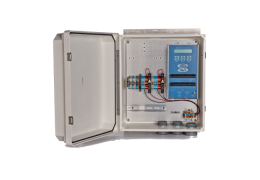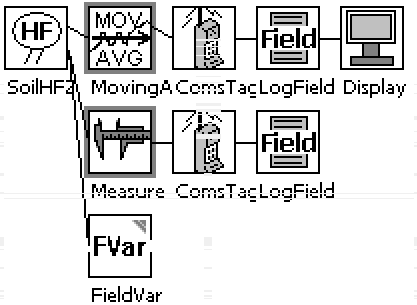Important: Each output from a multichannel sensor must be configured separately (see Multichannel Sensor).
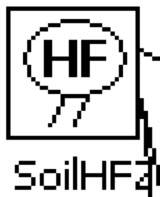
|
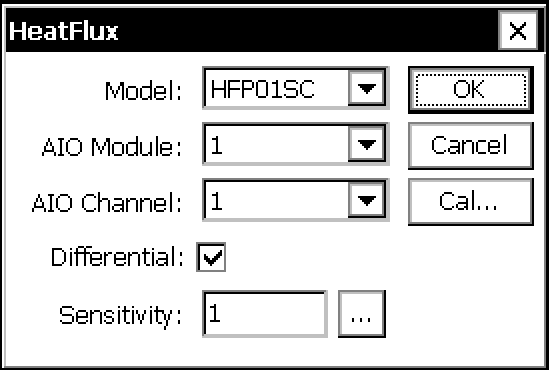
|
|

|
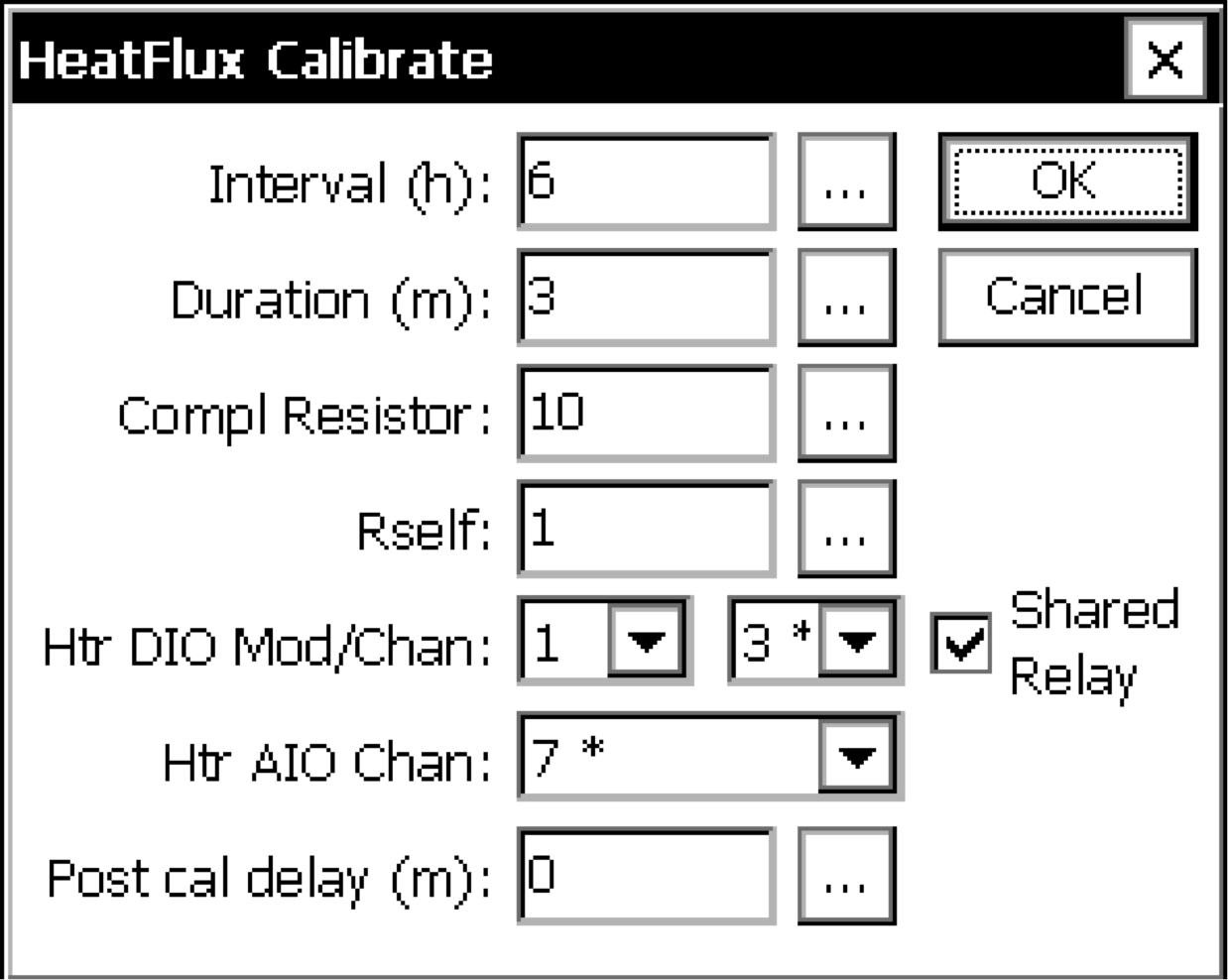
|
|

|
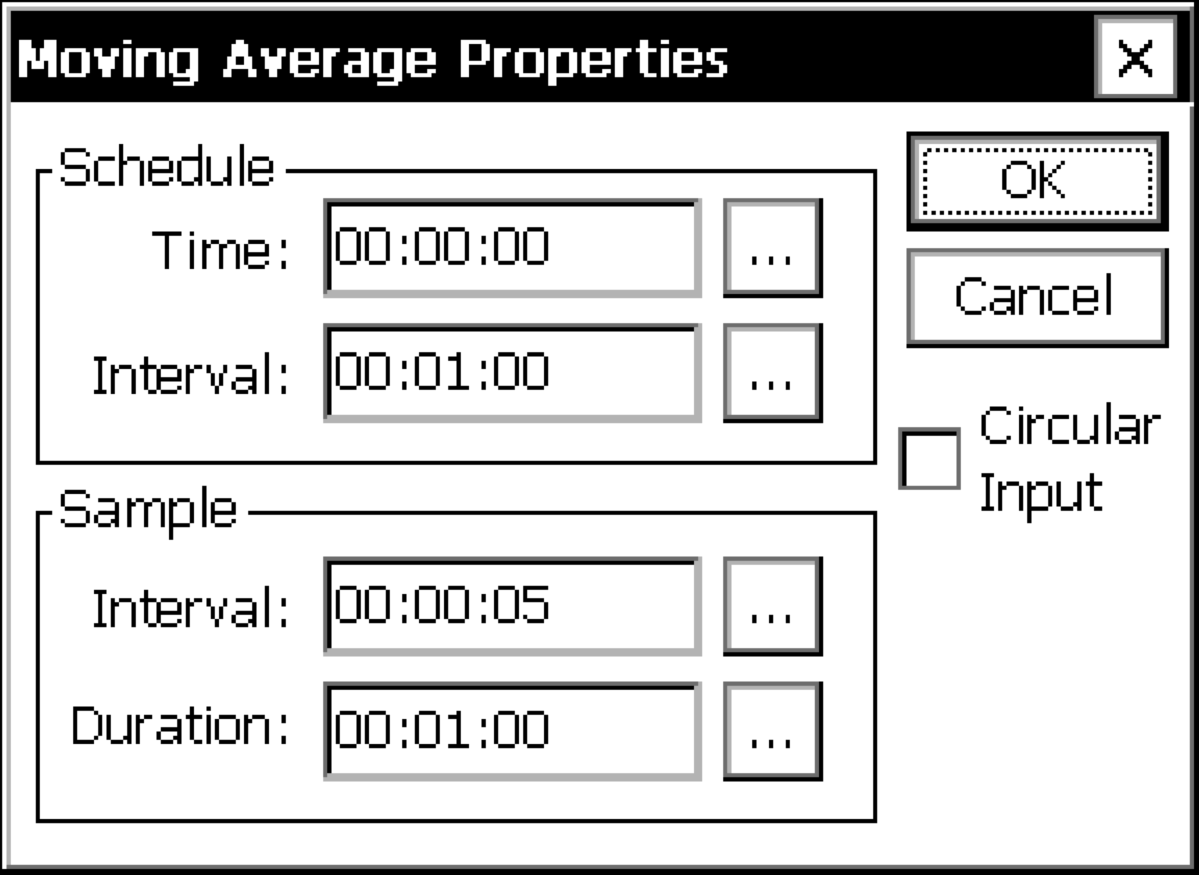
|
|

|
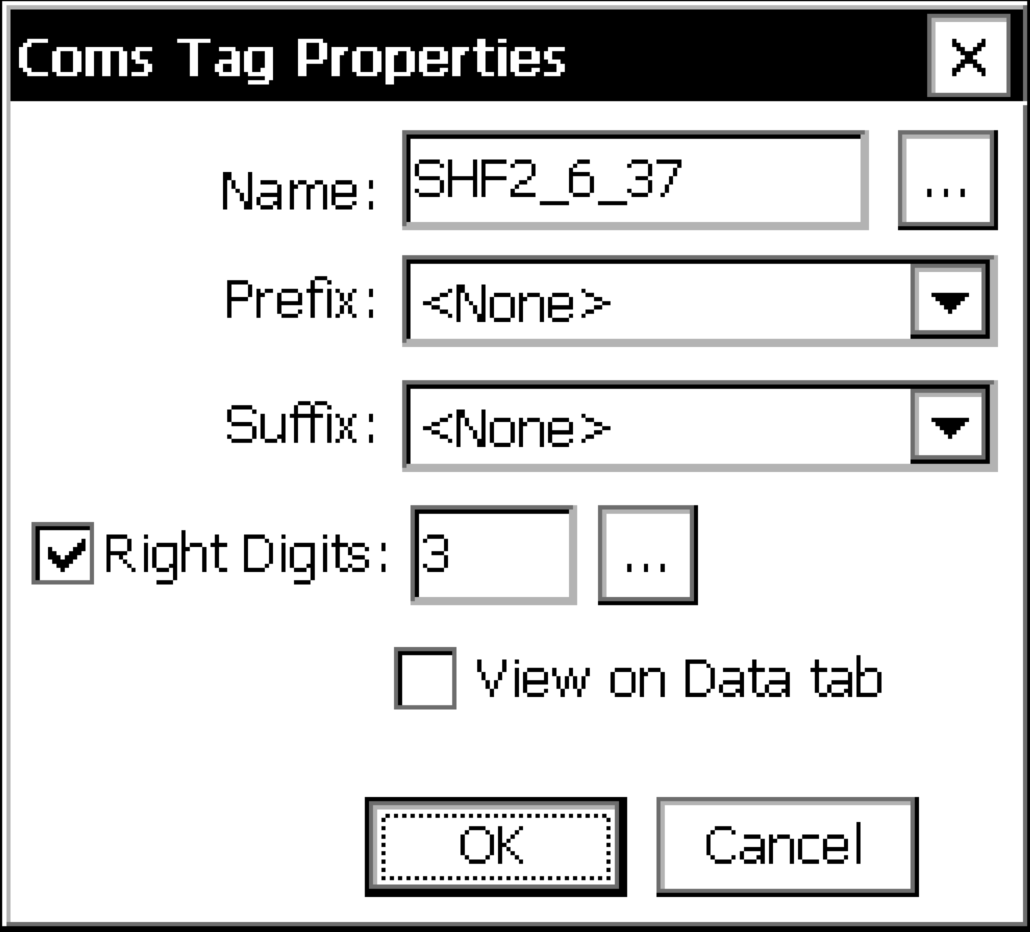
|
|

|
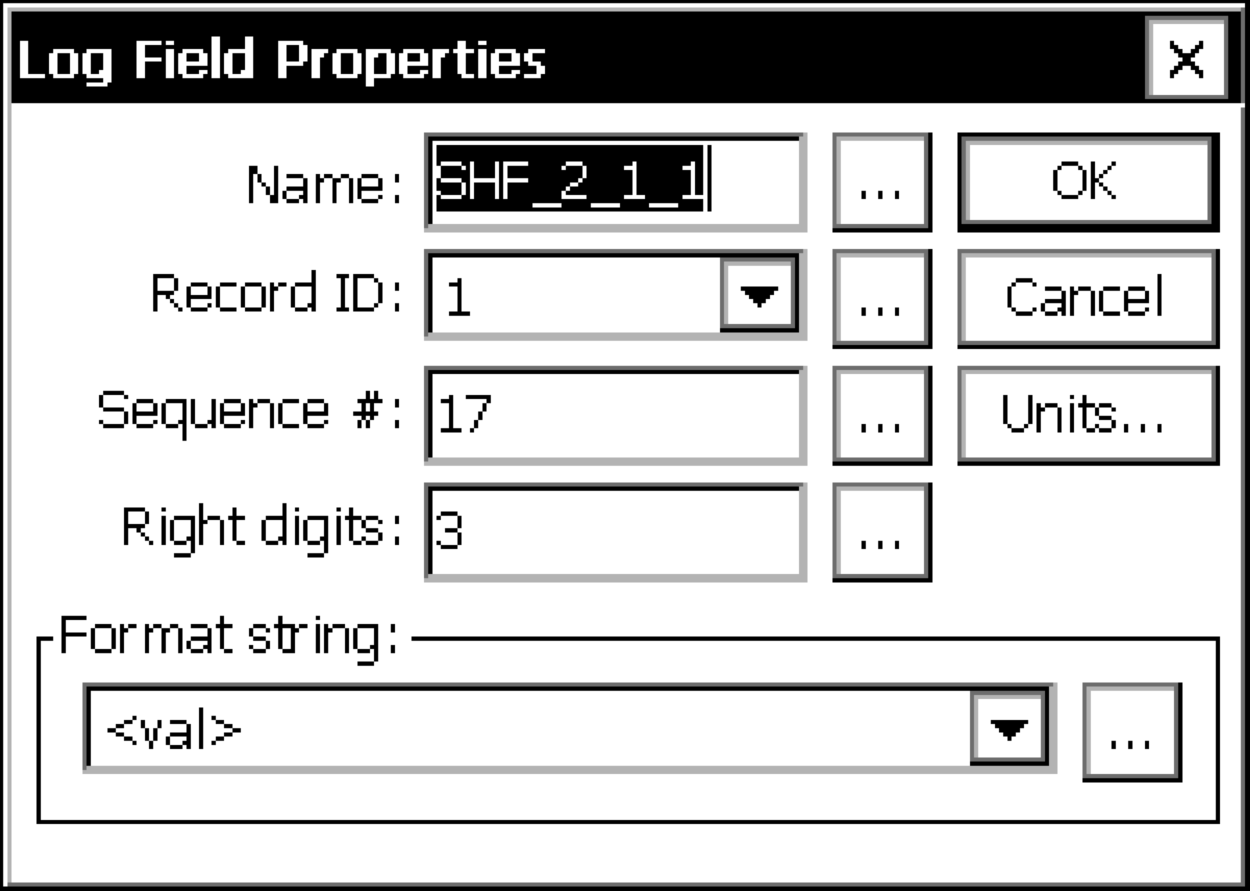
|
|

|
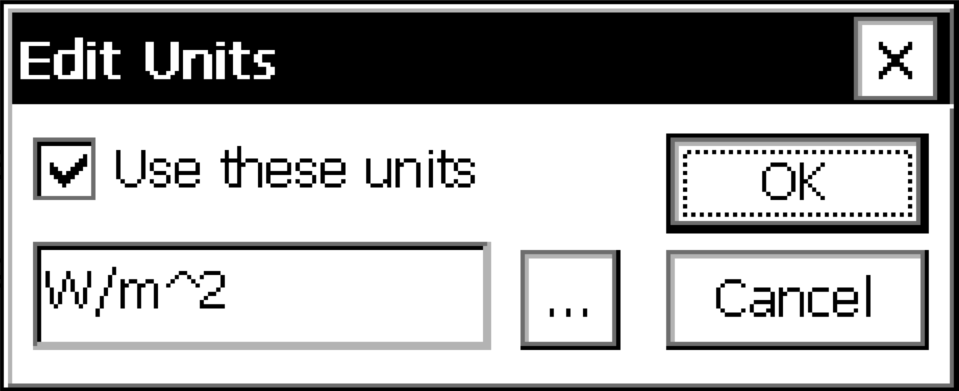
|
|

|
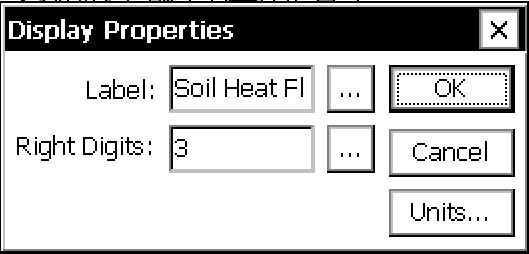
|
The Display block is used select data that gets displayed on the I2C Display. The data displayed is the last measured value for the block connected to the display block. The data is displayed at the requested precision (right digits) with the selected Label. |
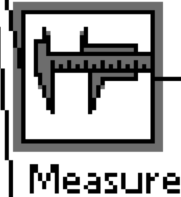
|
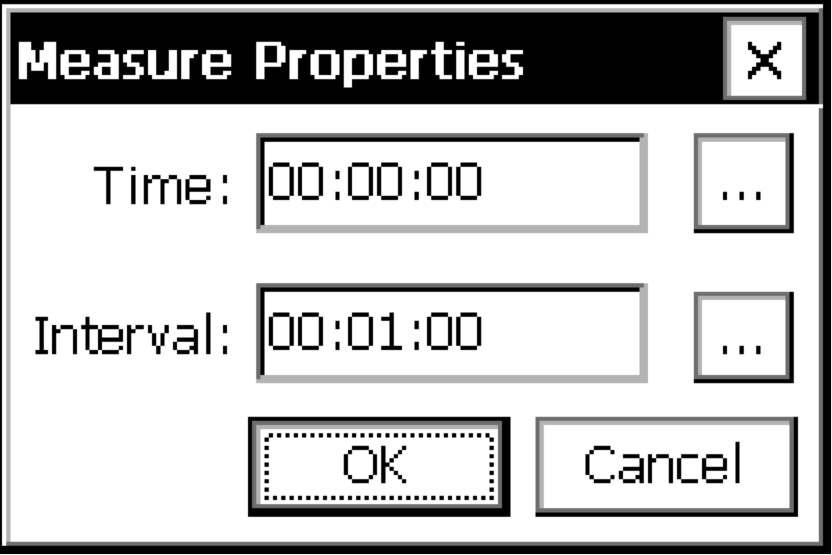
|
|

|
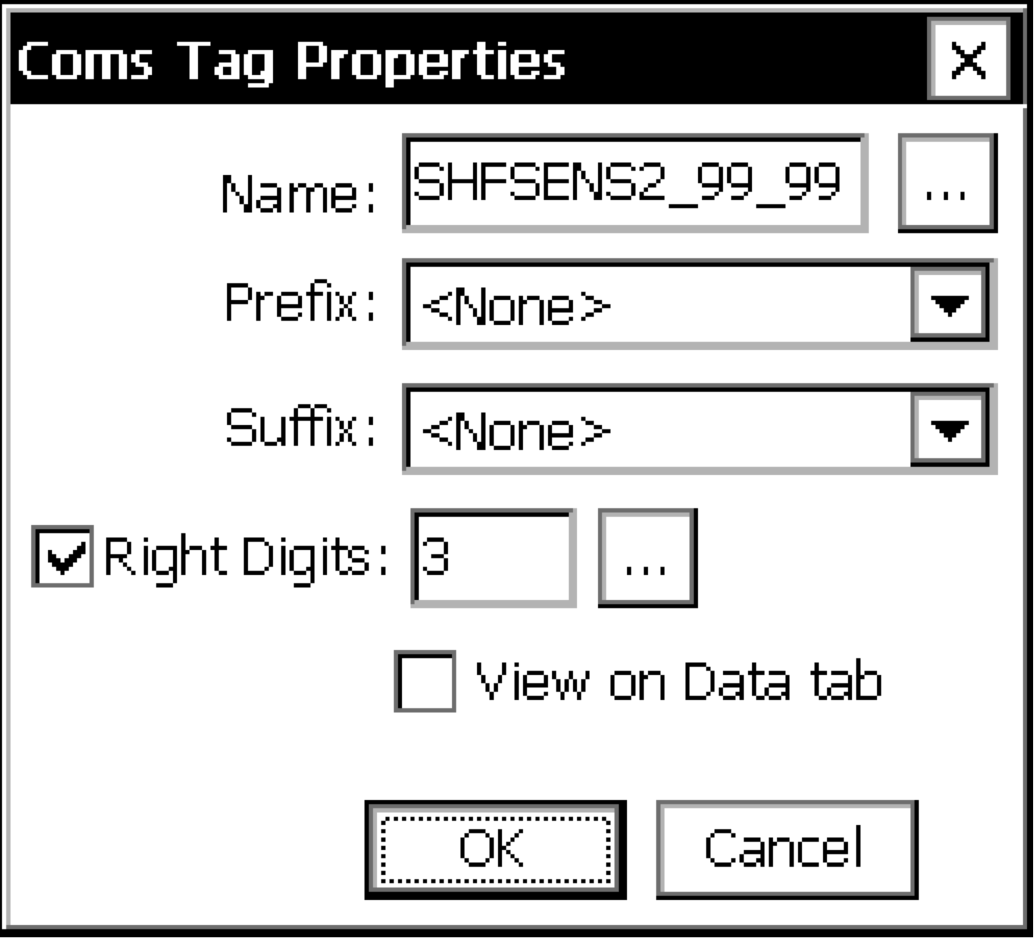
|
|

|
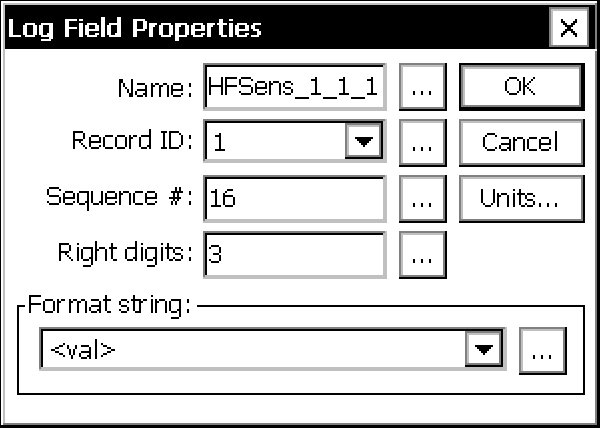
|
|

|
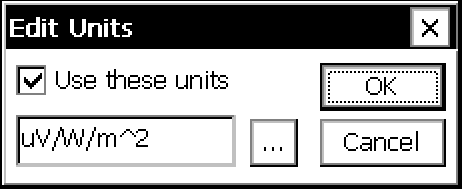
|
|
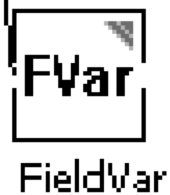
|
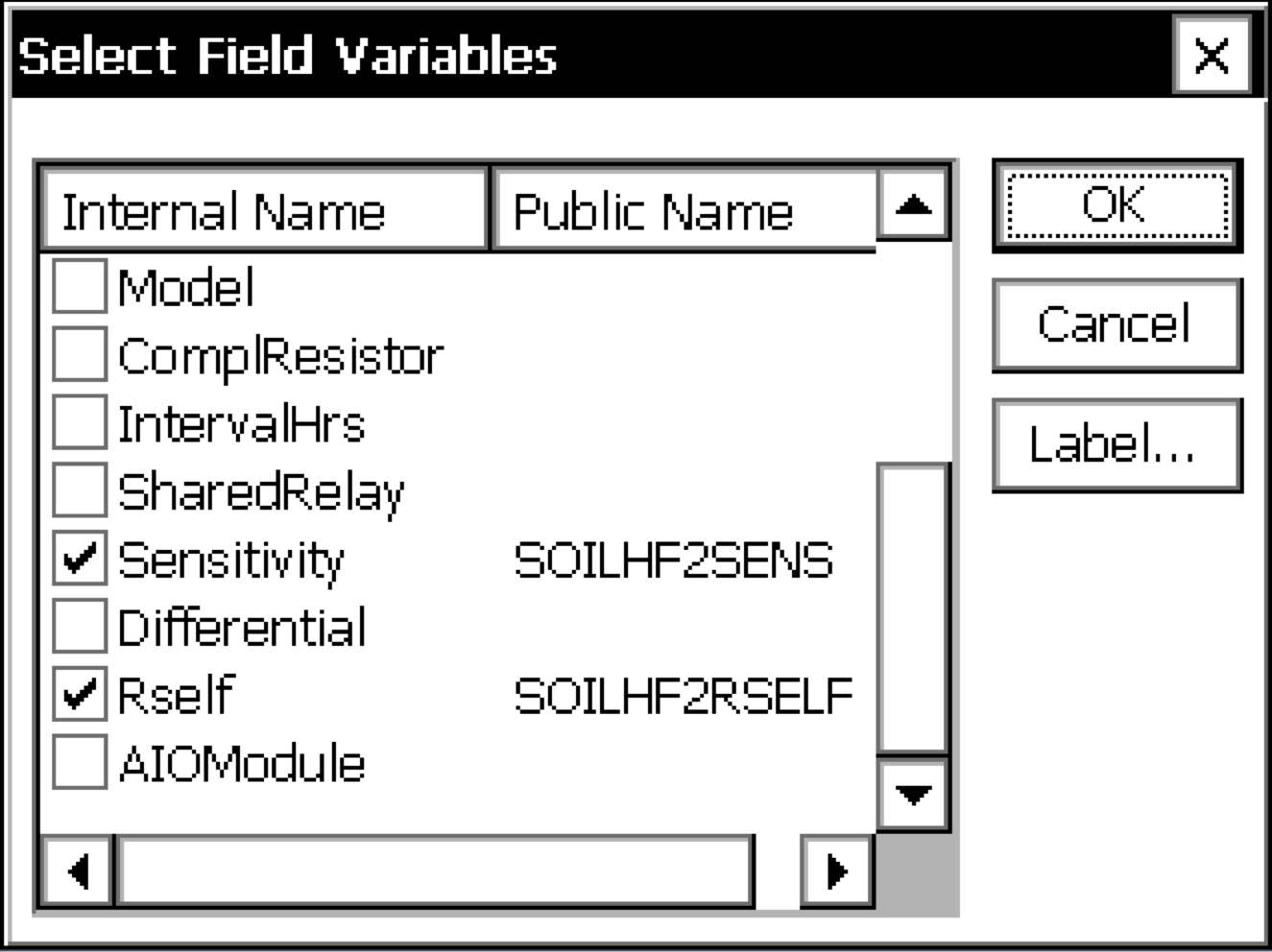
|
Select Sensitivity and Rself for the self-calibrating soil heat flux plates. |
Soil Heat Flux Plate Heater Indicator
This configuration records in the data file when the HFP01SC is undergoing a calibration.
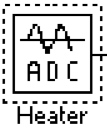
|

|
Voltage measurement of module 1, channel 7 (SHF1 heater). |

|

|
|
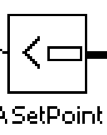
|
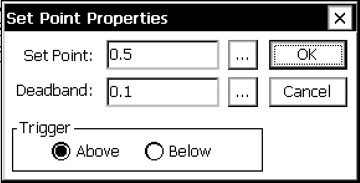
|
Checks to see if heater voltage is above 0.5 volts. If it is above 0.5 V, sets the output to 1. 1 = soil heat flux plate heater is turned on (calibration is occurring); 0 = typical operation (heater off, not calibrating). |
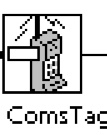
|
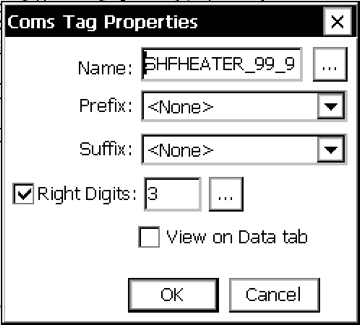
|
|

|
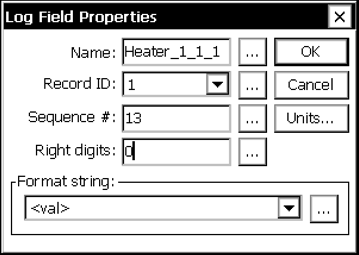
|
|
